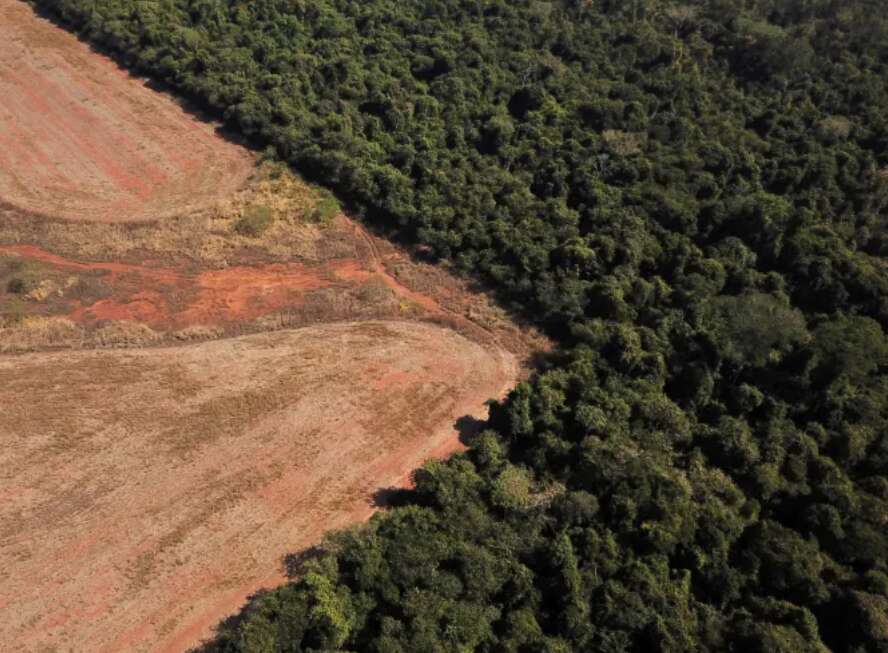Deforestation in Colombia and Brazil: Progress and Challenges
Deforestation in Colombia fell to its lowest level in a decade in 2022, according to newly released government statistics. The figures showed a dramatic decrease of 29 percent, from 174,103 hectares (672sq miles) to 123,517 hectares (477sq miles), between 2021 and 2022.
Deforestation in Colombia fell to its lowest level in a decade in 2022, according to newly released government statistics. The figures showed a dramatic decrease of 29 percent, from 174,103 hectares (672sq miles) to 123,517 hectares (477sq miles), between 2021 and 2022.
Environment Minister Susana Muhamad said the government had worked with local communities to protect forests and combat illegal enterprises contributing to deforestation. The news comes as President Gustavo Petro’s left-wing administration has called upon wealthier countries to cancel foreign debt in exchange for greater investment in Amazon conservation.
The trend is mirrored in neighbouring Brazil, where President Luiz Inacio Lula da Silva’s leftist government has pushed for countries around the world to contribute to the Amazon Fund, a deforestation initiative.
Earlier this month, the country announced that deforestation in the Amazon had dropped by 34 percent in the first half of 2023, reaching the lowest level in four years. But illegal logging and resource extraction by criminal groups remain a challenge, as do attacks on Indigenous communities who stand up against encroachment.
Last year, Indigenous expert Bruno Pereira and British journalist Dom Phillips were murdered after coming across an illegal fishing scheme in the Javari Valley. In Yanomami territory, illegal gold mining has caused a humanitarian crisis, with pollution and environmental degradation leading to health problems and malnutrition.
Despite the encouraging news, some experts have cautioned against a premature declaration of victory. “It’s a figure that is surely very unstable, vulnerable and still has many factors for it to be controllable,” said Rodrigo Botero, director general of advocacy group the Foundation for Conservation and Sustainable Development.




